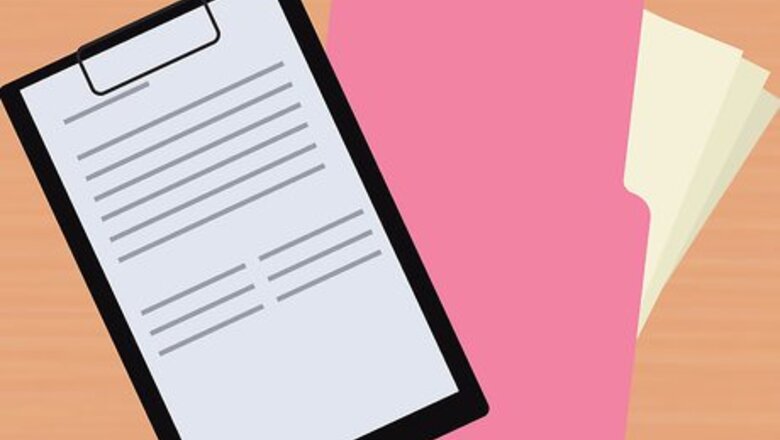
views
X
Research source
Contacting the Trustee’s Office
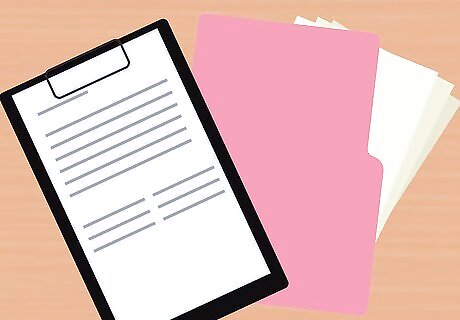
Gather necessary information. In order to make a request, you will need certain information. Go through your papers and find the notification for the 341 Meeting of Creditors, which should have most of the information you need. For example, you should get the following: case number trustee name date of the meeting Bankruptcy Chapter (e.g., Chapter 7, 11, 13, etc.)
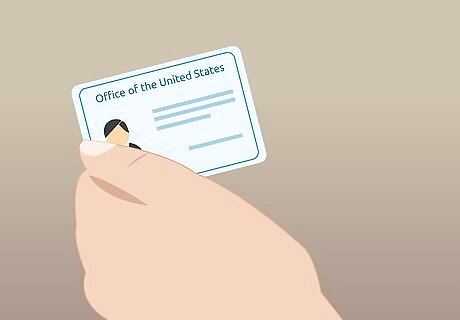
Find the correct office to contact. If you are interested in getting a copy of the recording, then you should contact the Office of the United States Trustee, which monitors bankruptcy cases. Generally, you will contact the local office for the assistant trustee. You should look at the website for the court where the bankruptcy petition was filed. This information should be on your copy of the bankruptcy petition. Typically, you can find the name and contact information for the trustee listed on the website.

Contact the trustee’s office. Some trustees may take requests through email or over the telephone. In other courts, you will need to get a request form and complete it. You should call the trustee’s office and ask how they handle requests. If you have to complete a form, then give the office your mailing address. Alternately, you could provide an email address and they can send an attachment.
Completing the Request Form
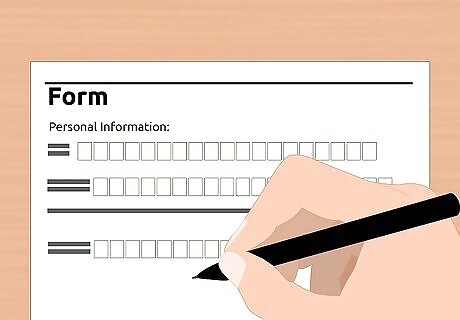
Provide your personal information. Each request form may be slightly different, but each should ask you to provide personal information. For example, you should provide the following: name street address telephone number (work, home, and cell) email address
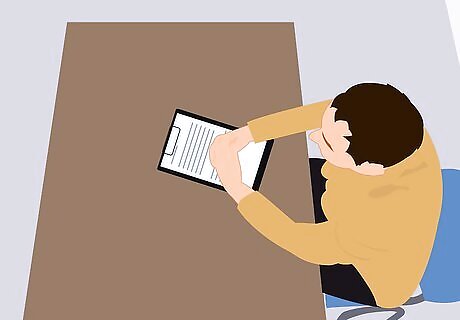
Identify the bankruptcy case. Next, you should provide information about the bankruptcy case, so that the trustee’s office can find the right recording. Typically, you can only request one hearing per request form. If you need more than one hearing, then complete multiple forms. You should provide the following information: case name case number chapter number trustee’s name date of the meeting
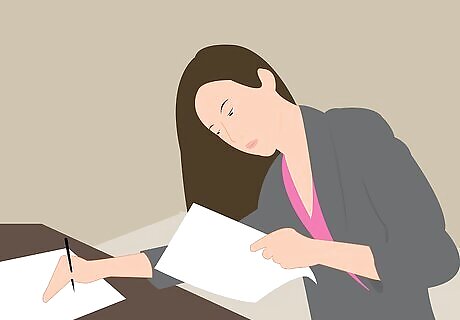
State how you will pick up the recording. In some courts, a digital file may be emailed to you if the meeting was short and the file is not too large. However, you typically will need to provide the trustee’s office with a CD so that they can transfer the recording onto it. The request form may ask how you intend to pick up the recording: you will pick up the CD after the trustee calls you you have provided a self-addressed, prepaid envelope which the trustee can use to mail you the recording
Submitting Your Request

Get the correct address. Each trustee might serve multiple offices. You should look at the form to see which address you should send your request to. Generally, you will send a request to the office where the bankruptcy was filed.
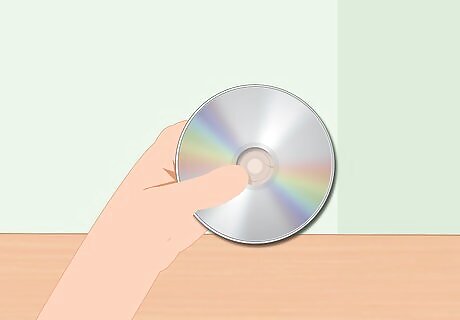
Provide factory sealed CD discs. You should provide at least one CD. Since the meeting probably took ten minutes or so, one CD should be sufficient. However, to be safe, you can send two. Any unused CD should be returned to you.
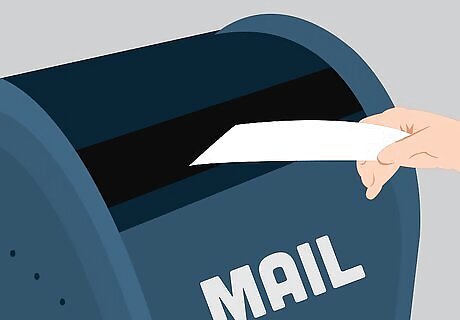
Mail the request. Make a copy of the request form for your records and store it in a safe place. Then assemble the request form and the blank CDs in an envelope. If you want the CDs mailed to you, then include a self-addressed stamped envelope. Make sure that you provide sufficient postage. If you don’t know how much postage to put on your return envelope, then take everything to the post office. Tell the postal worker that you need to provide a self-addressed stamped envelope for the CD to be returned to you. The postal worker can calculate how much postage needs to go on the envelope. Once you put the postage on, then slide the self-addressed envelope into the packet and seal it.
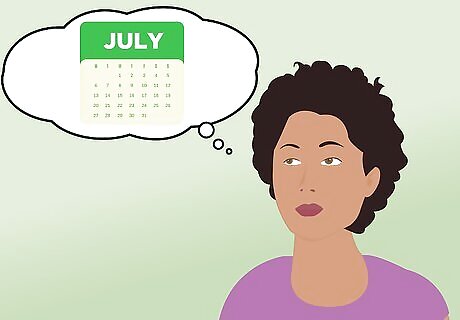
Wait for your recording to arrive. Processing times may vary, depending on the office you are working with. However, requests should generally be processed within three to seven business days. If you don’t hear anything back after a week, then call or email the trustee’s office.
















Comments
0 comment